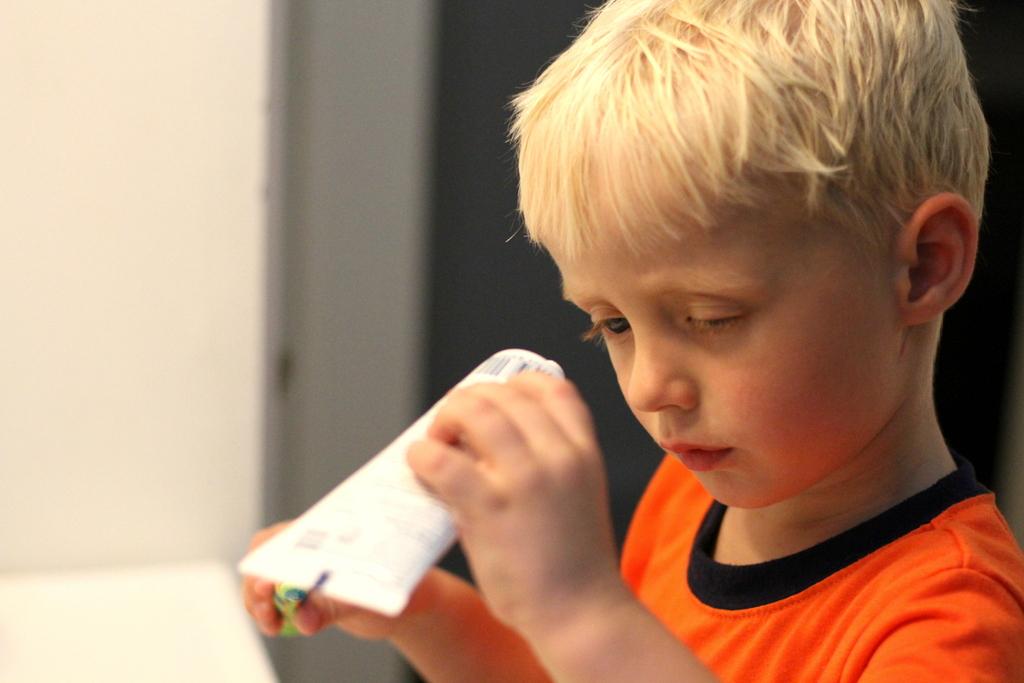In today’s fast-paced world, ensuring that your child gets the right amount of restful sleep can be a challenging task. As parents, we understand the importance of sleep in nurturing a child’s growth, development, and overall well-being. However, with the myriad of distractions and demands on a child’s time, establishing healthy sleep patterns can often seem elusive. This article aims to guide you through practical and empathetic strategies to help your child develop and maintain healthy sleep habits. By fostering an environment conducive to restful slumber, you are not only enhancing your child’s physical health but also supporting their emotional and cognitive development. Let’s explore these steps together, keeping in mind that every child is unique and what works for one may need to be tailored for another.
Understanding Your Childs Sleep Needs
Understanding what your child needs to achieve restful sleep can be a game-changer in fostering their overall well-being. Every child is unique, and their sleep requirements can vary based on age, activity level, and individual temperament. Typically, younger children need more sleep, but even within the same age group, there can be significant variations. Observing your child’s behavior can offer clues; if they are frequently irritable or having trouble concentrating, they might not be getting enough sleep.
Here are some key considerations to keep in mind:
- Consistency is key: Establishing a regular bedtime routine can help your child’s body clock adjust, making it easier for them to fall asleep.
- Environment matters: Ensure their bedroom is a sanctuary for sleep, with a comfortable mattress, dim lighting, and a cool temperature.
- Limit stimulants: Reducing screen time and avoiding sugary snacks before bed can promote better sleep quality.
| Age Group | Recommended Sleep Hours |
|---|---|
| Infants (4-12 months) | 12-16 hours |
| Toddlers (1-2 years) | 11-14 hours |
| Preschoolers (3-5 years) | 10-13 hours |
| School-age (6-12 years) | 9-12 hours |

Creating a Consistent Bedtime Routine
Establishing a predictable bedtime routine is essential for nurturing your child’s healthy sleep patterns. This comforting ritual not only signals the end of the day but also helps to ease the transition from wakefulness to sleep. To create a routine that works, consider these key components:
- Consistent Timing: Aim to start the bedtime routine at the same time each evening. This helps to set your child’s internal clock and makes it easier for them to fall asleep and wake up naturally.
- Relaxing Activities: Incorporate calming activities such as a warm bath, reading a story, or listening to soft music. These activities can help your child unwind and signal that it’s time to slow down.
- Limit Stimulation: Avoid screens and other stimulating activities at least an hour before bedtime. The blue light from devices can interfere with the production of melatonin, the sleep hormone.
| Time | Activity |
|---|---|
| 7:00 PM | Dinner |
| 7:30 PM | Bath Time |
| 8:00 PM | Story Reading |
| 8:15 PM | Quiet Time |
| 8:30 PM | Lights Out |
By creating a routine that is both soothing and predictable, you provide your child with a sense of security and stability. This structured approach not only promotes better sleep but also enhances your child’s overall well-being.

Crafting a Sleep-Friendly Environment
Creating a nurturing and tranquil sleep environment is essential for your child’s sleep health. The right setting can make all the difference in helping them relax and drift into dreamland. Begin by ensuring the room is cool, quiet, and dark. Use blackout curtains to block out any distracting light and consider a white noise machine to mask any disruptive sounds. These small adjustments can create a soothing atmosphere conducive to sleep.
- Temperature Control: Aim for a room temperature between 65-70°F (18-21°C) to promote comfort.
- Lighting: Incorporate soft, warm lighting or a nightlight if your child feels uneasy in total darkness.
- Bedding: Choose breathable, hypoallergenic sheets and a comfortable mattress suited to your child’s preferences.
Additionally, consider the power of visual and tactile cues. A favorite stuffed animal or a cozy blanket can provide comfort and signal bedtime. Encourage your child to personalize their sleep space with familiar and soothing items, fostering a sense of ownership and security. Remember, consistency is key—maintain a regular bedtime routine to reinforce the environment’s calming effects.

Addressing Common Sleep Challenges with Compassion
Understanding and addressing sleep challenges with compassion can significantly help your child develop healthy sleep patterns. Every child is unique, and so are their sleep needs. It’s essential to approach sleep difficulties with patience and empathy, creating a supportive environment that encourages restful nights.
- Recognize Sleep Patterns: Each child has their own sleep rhythm. Identifying these patterns can help you align bedtime routines with their natural cycles.
- Create a Calming Bedtime Routine: Establishing a predictable sequence of calming activities can signal to your child’s body that it’s time to wind down. This might include a warm bath, reading a story, or listening to soft music.
- Address Nighttime Fears with Empathy: If your child experiences anxiety or fear at bedtime, acknowledge their feelings. Offer reassurance and consider using a nightlight or a special comforting toy to provide a sense of security.
| Challenge | Compassionate Solution |
|---|---|
| Difficulty Falling Asleep | Introduce a calming pre-sleep routine and maintain consistent sleep and wake times. |
| Frequent Night Wakings | Check for comfort issues and reassure your child with a gentle presence. |
| Resistance to Bedtime | Involve your child in creating their bedtime routine to give them a sense of control. |








































